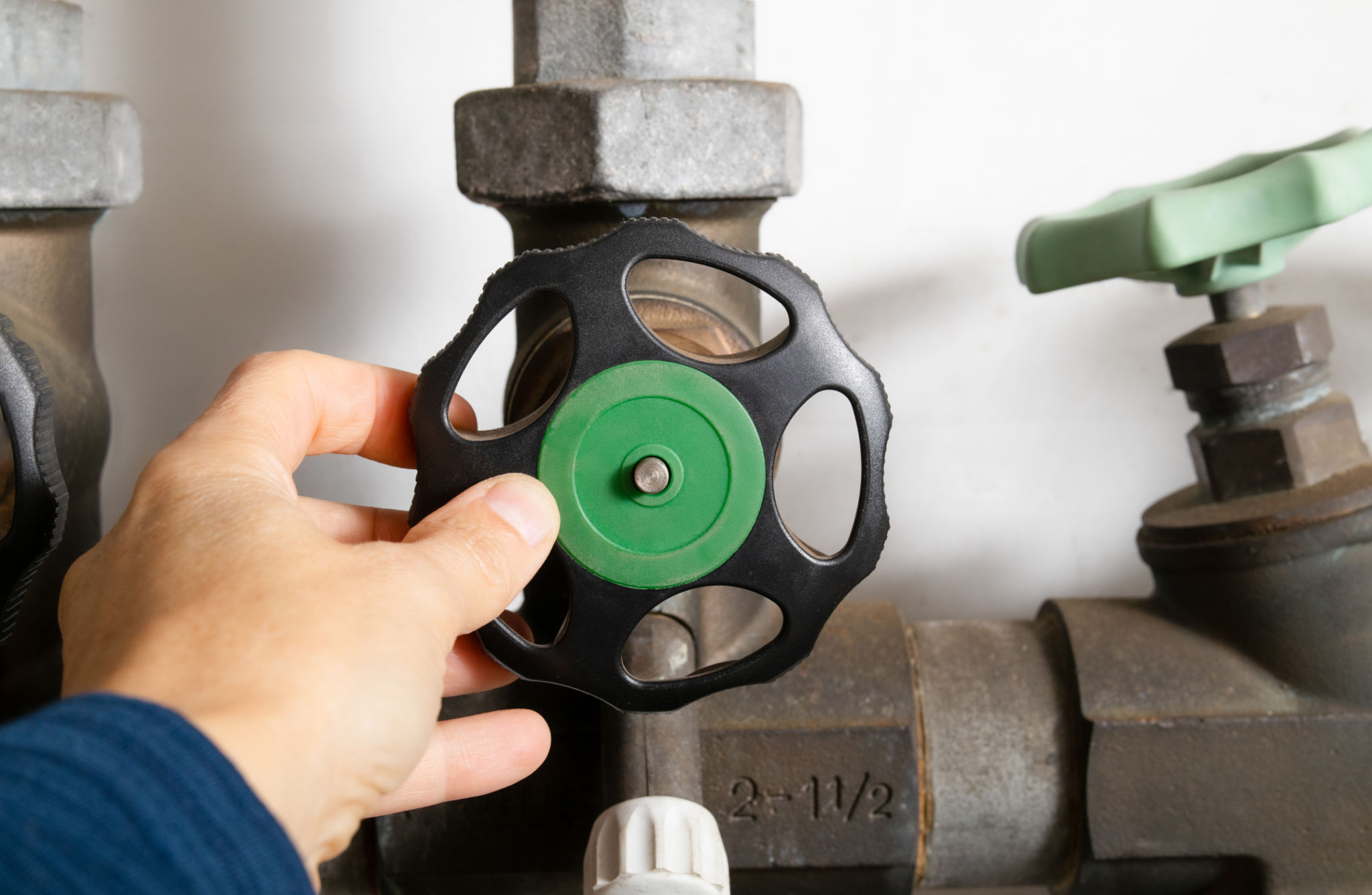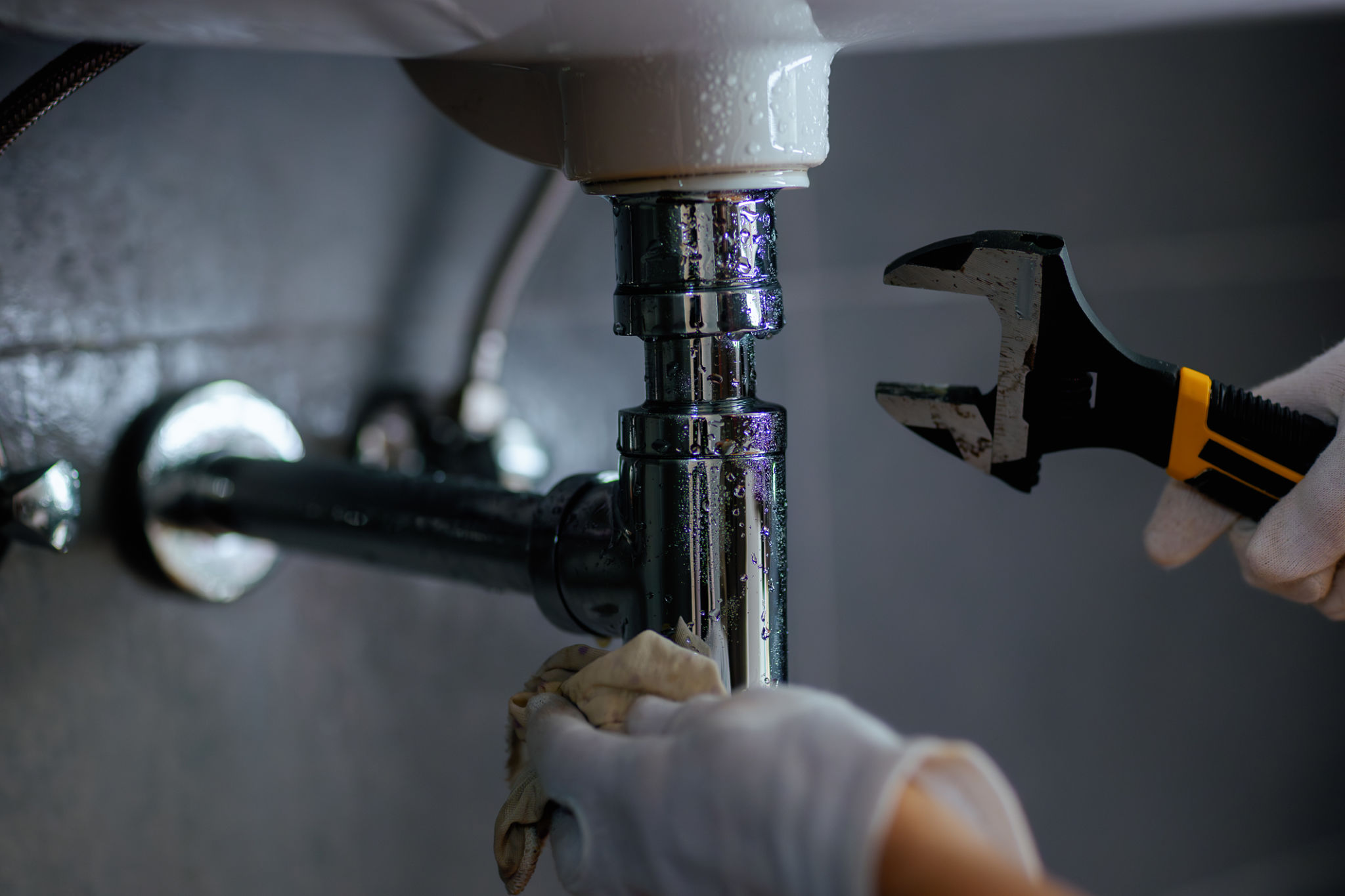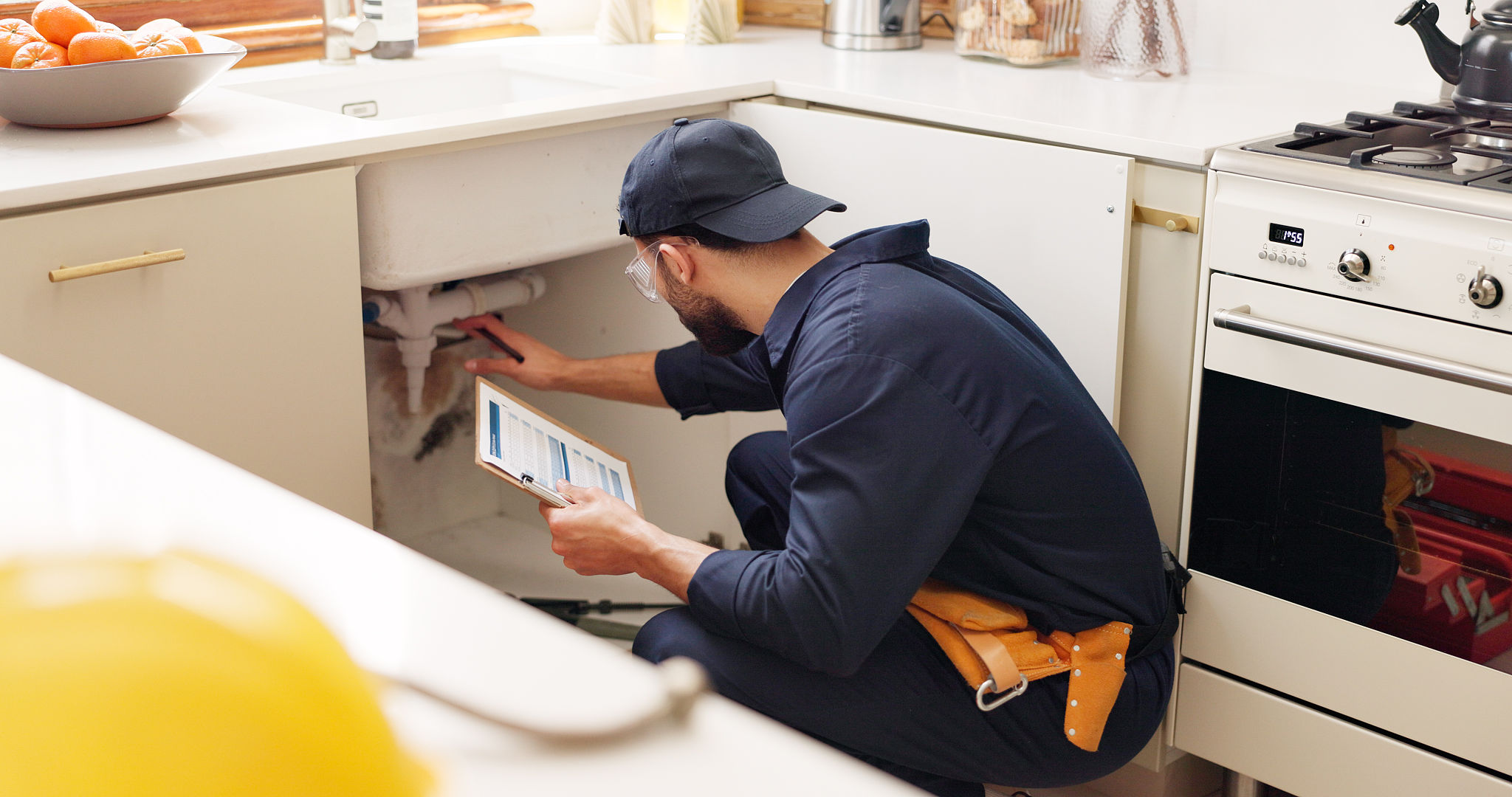A Homeowner’s Guide to Backflow Testing and Prevention
As a homeowner, maintaining your property's plumbing system is crucial to ensure the safety and quality of your water supply. One often overlooked aspect is backflow testing and prevention. Understanding and managing backflow can protect your home from potential contamination and costly repairs.
What is Backflow?
Backflow occurs when water flows in the opposite direction from its intended path, potentially allowing contaminants to enter your clean water supply. This can happen due to changes in pressure within the plumbing system, often caused by events like water main breaks or heavy water usage in the area.

Why is Backflow Testing Important?
Regular backflow testing is essential to ensure that your backflow prevention devices are functioning correctly. These devices are designed to stop contaminants from entering your home’s water supply. Without proper testing, you might not know if these devices are compromised, posing a risk to your health and safety.
How to Conduct Backflow Testing
Backflow testing should be performed by a certified professional who can ensure that all devices are working as they should. Here’s a general overview of the process:
- The technician will close the downstream valve to isolate the backflow preventer.
- Using specialized equipment, they will test the pressure and function of the device.
- Any necessary repairs or replacements will be recommended based on the findings.

Preventing Backflow
While testing is crucial, prevention is equally important. Here are some steps to help prevent backflow in your home:
- Install backflow prevention devices on all applicable water lines.
- Ensure regular maintenance and inspections of your plumbing system.
- Avoid creating cross-connections between potable and non-potable water sources.
Choosing the Right Backflow Prevention Device
Different types of backflow prevention devices are available, including air gaps, check valves, and reduced pressure zone assemblies. The choice depends on your specific plumbing setup and local regulations. Consulting with a professional can help you select the best option for your home.

Understanding Local Regulations
It's important to be aware of local regulations regarding backflow prevention. Some areas require annual testing and certification, while others may have different requirements. Staying informed can help you stay compliant and avoid potential fines.
In conclusion, backflow testing and prevention are vital components of home maintenance. By taking proactive measures, you can protect your water supply and ensure the health and safety of your household. Regular testing, combined with preventive strategies, will keep your plumbing system in top shape for years to come.